. Three Aramco cranes lift the giant KLM DC-4 onto a truck bed near Qatif where the plane crashed on January 2,1953.
These are Historical Images From Saudi Arabia History From Aramco and websites
These are Historical Images From Saudi Arabia History From Aramco and websites
These are Historical Images From Saudi Arabia History From Aramco and websites
These are Historical Images From Saudi Arabia History From Aramco and websites
These are Historical Images From Saudi Arabia History From Aramco and websites
These are Historical Images From Saudi Arabia History From Aramco and websites
These are Historical Images From Saudi Arabia History From Aramco and websites
These are Historical Images From Saudi Arabia History From Aramco and websites
These are Historical Images From Saudi Arabia History From Aramco and websites
These are Historical Images From Saudi Arabia History From Aramco and websites
These are Historical Images From Saudi Arabia History From Aramco and websites
These are Historical Images From Saudi Arabia History From Aramco and websites
A busy street in Makkah. An Ottoman style minaret can be seen.
A close up view of the Ka’ba.
A pilgrim has his hair shaved.
A Polo game using donkeys.
A Polo game using donkeys.
Boy Scouts preparing to board an Aramco plane, 1949.
Donkeys were used to transport carcasses of sacrificial animals
For those who could afford it, they would embark on their journey on board small planes from nearby countries.
Group of people looking to the airplane The Flying Camel after landing in Dhahran 1950's
Homes and hotels can be seen outside of the sacred mosque’s perimeter. Much of these historical buildings have had to be demolished to make way for the mosque’s expansion.
Horse and carriage were used as a means of transport.
In Mina, food would be cooked using fire and stove.
King Saud of Saudi Arabia plays host to Governor General Ghulam Muhammad, 1953
Like today, coaches and buses would be used to transport pilgrims from place to place.
Many pilgrims would travel to Makkah via a ferry or a ship, in those days commercial air travel was still in its early stages and it was not as widely available as it is today.
Markets and stalls near the Masjid Al Haram
Markets and stalls near the Masjid Al Haram
Markets and stalls near the Masjid Al Haram
Muslims are only allowed to enter the places to perform Hajj.
New Flying Camel Aramco airplane arrives in Dhahran,!952.
One of the entrances to the Masjid Al Haram.
Performing Tawaf was easier as it was not as crowded as it is today.
Pilgrims keep themselves cool by drinking ice cold fizzy drinks.
Pilgrims pray near their camels.
Pilgrims were able to choose the animals they wanted for Udhiyah Qurbani.
Pilgrims would keep their livestock with them during their Hajj.
President Franklin D. Roosevelt having talks with King Ibn Saud, 1945
President Kennedy meeting with King Saud
Santa Claus Handing Out Toys to Kids in Dahran, Saudi Arabia 1950s
Shoppers strolling down King Saud Street in Al-Khobar.
Tents can be seen pitched in Arafah next to mount Arafah.
.













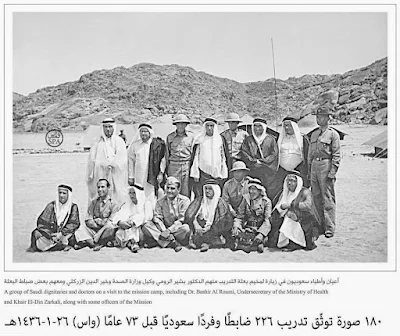












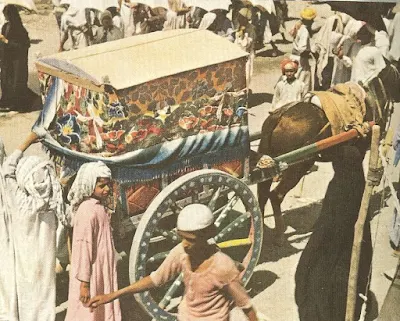



















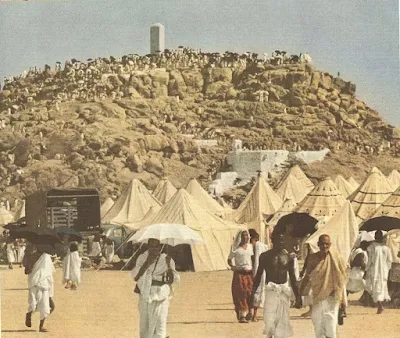
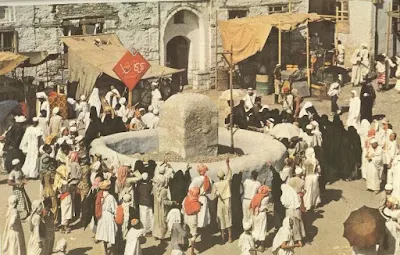

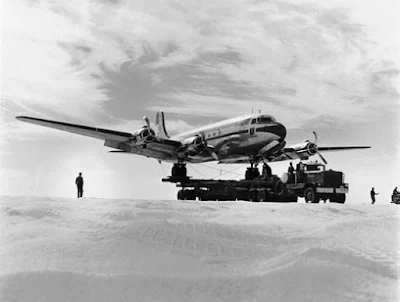


No comments:
Post a Comment